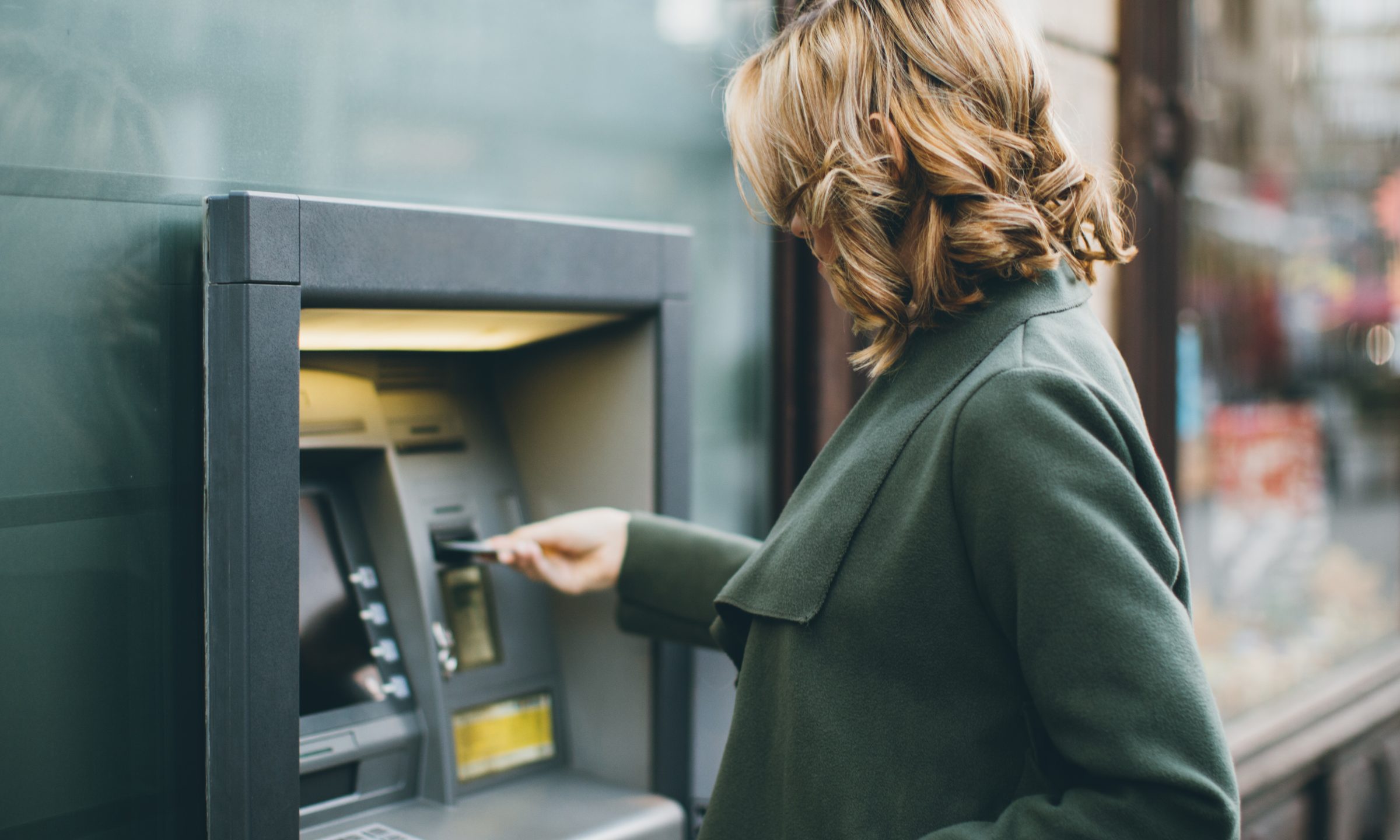Why ATM Fees Exist
ATM fees are charges banks and financial institutions impose for using another bank’s ATM. These fees compensate the owner of the ATM network for providing the service to non-customers. While seemingly minor, these fees can accumulate, significantly impacting your finances. Utilizing a surcharge free ATM can help mitigate these costs effectively.
Most banks charge these fees to offset ATM maintenance costs and generate additional revenue. Customers often don’t realize how much these small fees add up. Without proper planning, frequent withdrawals from out-of-network ATMs can lead to unexpected, avoidable expenses. The fees, which may seem negligible at first glance, can quickly drain your budget.
Understanding the origin and purpose of ATM fees can help consumers make informed decisions about their banking habits. By recognizing how these fees accumulate, you can take steps to avoid them, thereby preserving more of your hard-earned money.
The Impact of ATM Fees on Your Finances
ATM fees seem like small changes but can add up quickly, creating a substantial expense. According to a Bankrate survey, the average ATM fee in the U.S. is around $4.64 per transaction. Over a year, frequent ATM users could easily spend hundreds of dollars on these fees.
This financial drain can particularly impact individuals living on a tight budget. Imagine allocating $50 or $100 monthly to access your money. That cash could instead be used for groceries, utilities, or savings. For example, if you withdraw cash from an out-of-network ATM an average of once a week, you could spend nearly $250 annually just in fees.
Moreover, ATM fees can also contribute to financial stress, especially for those struggling to make ends meet. By the end of the month, these fees can represent a significant portion of discretionary spending, money that could have gone toward essentials or leisure activities.
Effective Strategies to Avoid ATM Fees
There are several practical methods to avoid ATM fees:
- Use your bank’s ATMs: The simplest way to avoid fees is to use ATMs within your bank’s network. Banks often provide ATM locators on their websites or mobile apps to help you find nearby machines. You can avoid unnecessary fees by planning your cash withdrawals and utilizing your bank’s ATMs.
- Opt for cashback: When making purchases in retail stores, request cashback during transactions to minimize ATM use. Many stores offer this service for free, allowing you to get the cash you need without incurring additional fees.
- Go cashless: With the rise of digital payment methods, such as mobile wallets and contactless payments, consider reducing your reliance on cash. Using digital payments can eliminate the need to carry or withdraw cash frequently.
- Take advantage of surcharge-free ATM networks: Many banks offer access to ATM networks that don’t charge fees. Make sure to check if your bank participates in such networks. By doing so, you can plan your cash withdrawals around these fee-free locations.
Using these strategies, you can reduce or even eliminate the need to pay ATM fees, keeping more of your money in your pocket. These simple yet effective tactics can result in significant savings over time, freeing up cash for other important expenses or investments.
The Advantages of Using Surcharge-Free ATMs
Surcharge-free ATMs allow you to access your money without the additional cost. Many banks and financial services provide maps or apps to locate these ATMs. Utilizing a surcharge-free ATM can significantly reduce or eliminate your ATM-related expenses.
These ATMs are often part of larger networks, making it easier for users to find one near them, even when traveling. This ease of access ensures you won’t worry about unexpected fees because you’re away from home. For example, a national network of surcharge-free ATMs can be found at convenience stores, grocery stores, and other high-traffic locations, providing convenient and fee-free access to cash no matter where you are.
Moreover, some banks partner with other financial institutions to offer enhanced ATM access. By taking advantage of these partnerships, you can benefit from a wider range of free ATM options, further expanding your ability to avoid fees. Checking your bank’s website or app for information on such partnerships can help maximize these opportunities.
Leveraging Digital Banking to Save Money
Digital banking platforms offer a range of features that help manage finances more efficiently. Services like mobile check deposits, online bill pay, and peer-to-peer transfers can reduce the need for cash. A Forbes review highlights top online banks that provide robust digital services.
With digital banking, you can handle most of your financial transactions electronically, minimizing the need for physical cash and thus reducing the occasions you might need to use an ATM. Online banking portals and mobile apps provide easy access to account management tools, making it simple to check balances, transfer funds, and pay bills from anywhere, at any time.
Additionally, digital banks often offer competitive interest rates and lower fees than traditional banks, further enhancing your savings. By adopting digital banking solutions, you can streamline your financial management processes, reduce reliance on cash transactions, and save money in the long run.
Tips for Safe ATM Usage
While saving on fees is essential, safety should never be compromised. Here are some tips for safe ATM usage:
- Choose well-lit, secure locations: When withdrawing cash, select ATMs in well-populated areas to deter potential criminals. Avoid using ATMs in isolated or poorly lit places, especially at night.
- Be aware of your surroundings: Always stay vigilant and be mindful of your surroundings when using an ATM. Trust your instincts and leave the area immediately if something or someone seems suspicious.
- Cover the keypad: When entering your PIN, cover the keypad with your hand to prevent unauthorized observation. This simple step protects your account from skimming devices or prying eyes.
- Regularly check your bank statements: Monitor your account statements frequently for suspicious activity or unauthorized transactions. Report any discrepancies to your bank promptly to mitigate potential losses.
By following these safety tips, you can ensure your banking transactions remain secure while saving on fees. Combining safety measures with strategic financial habits can provide peace of mind and result in considerable cost savings.




